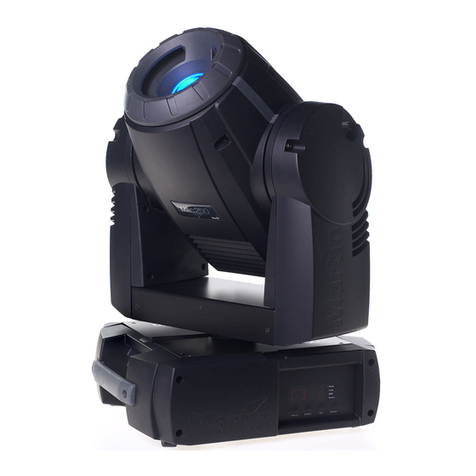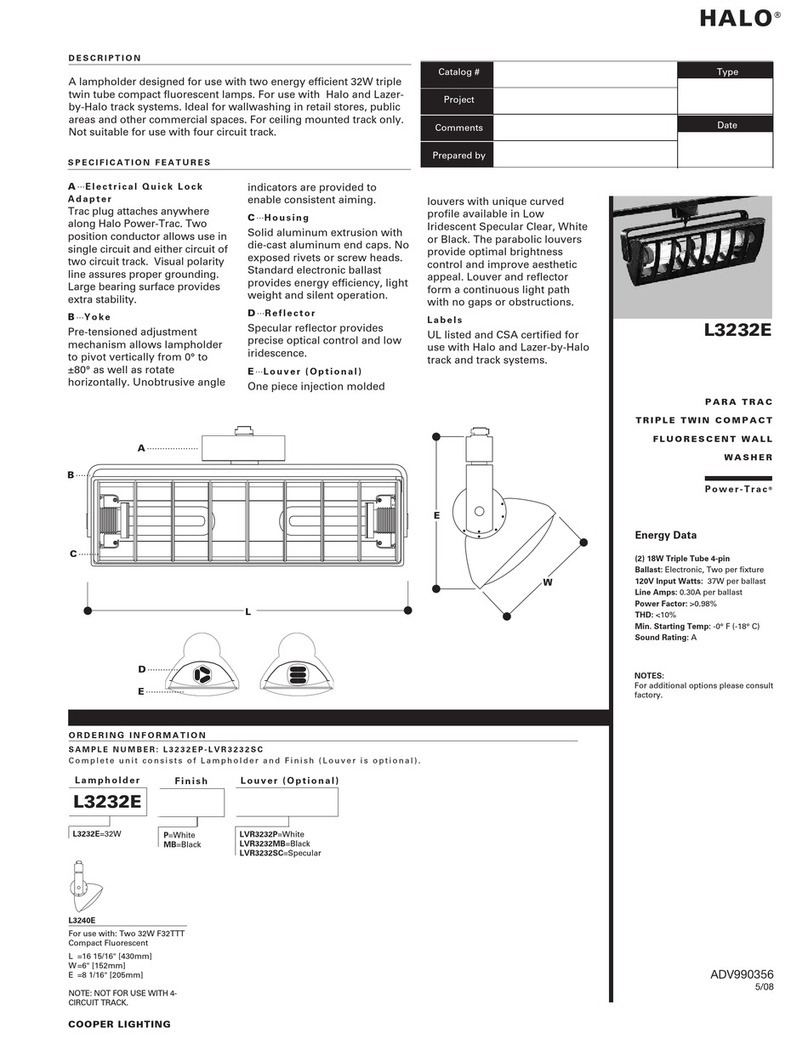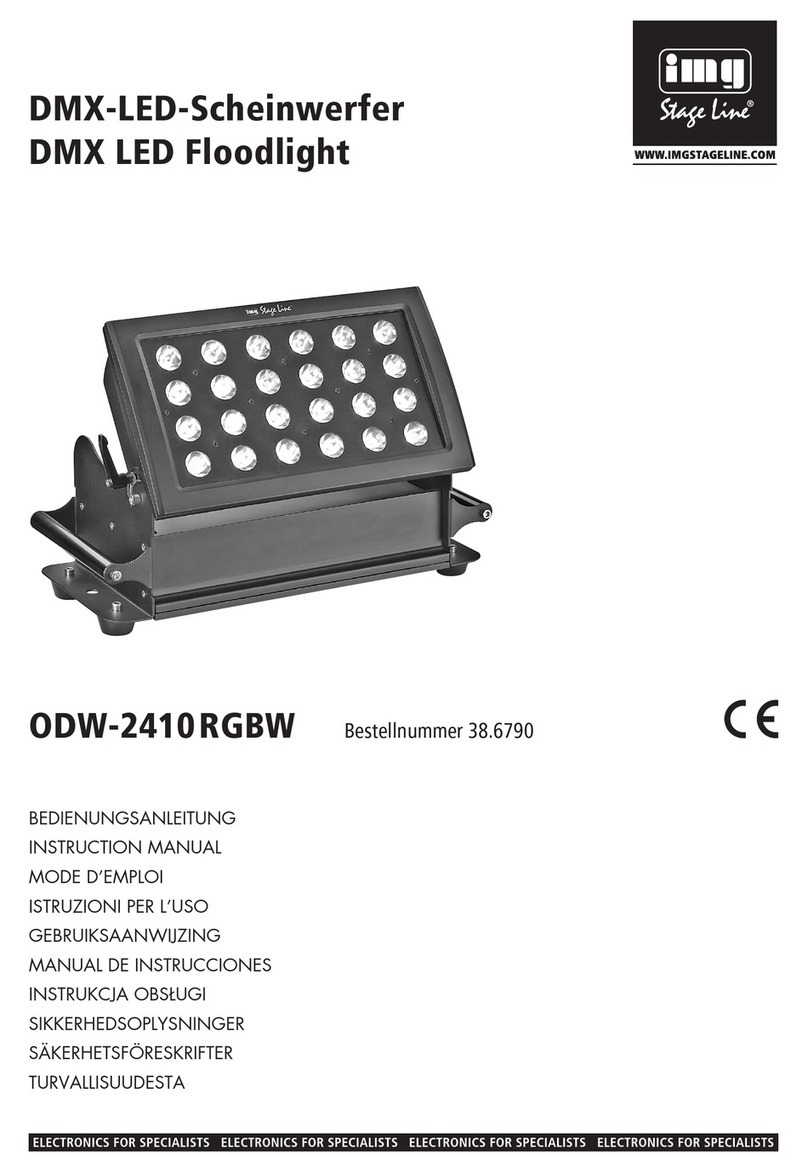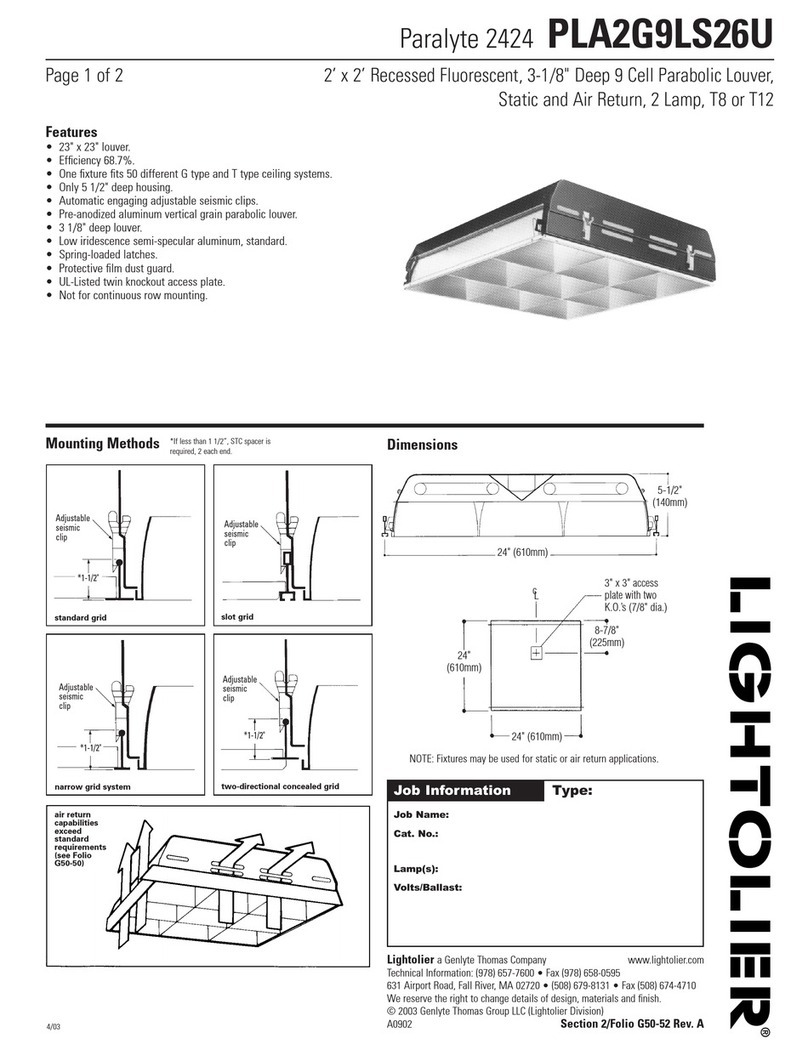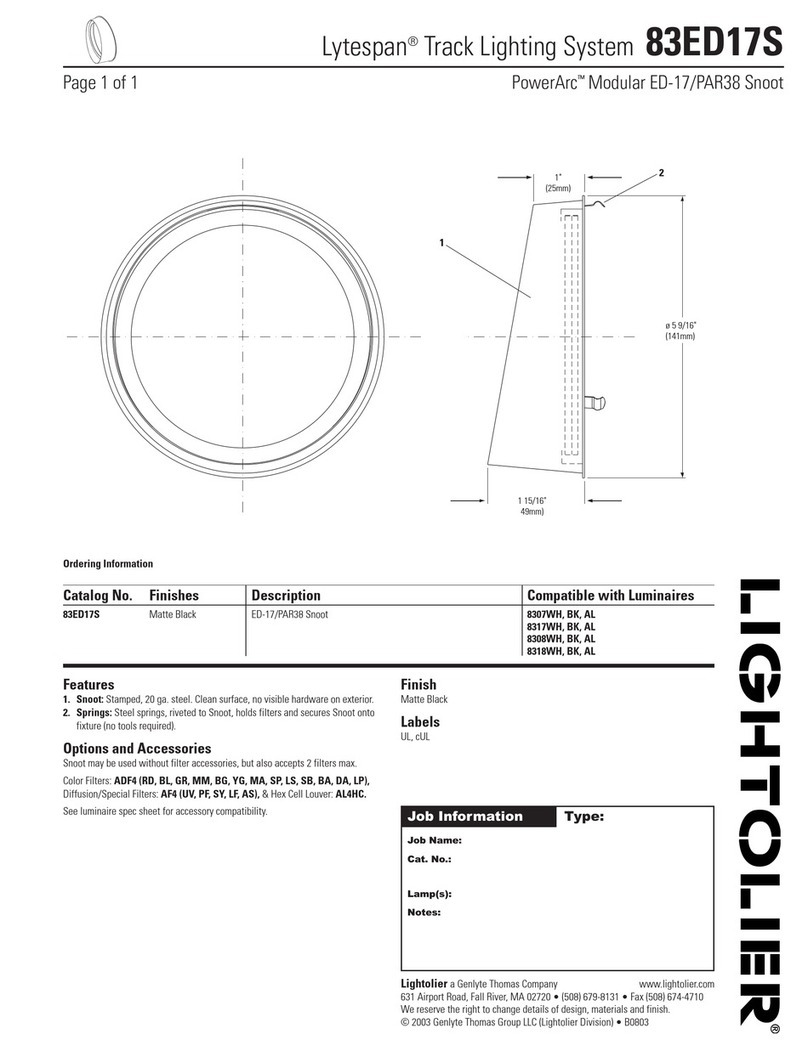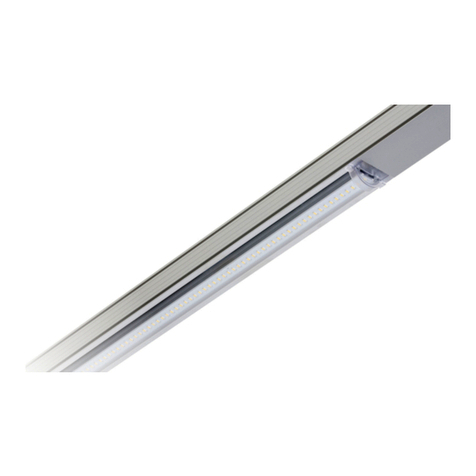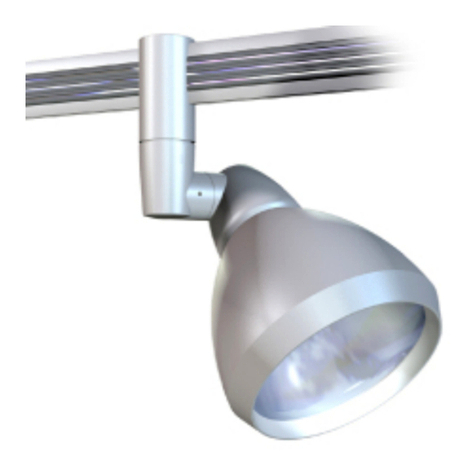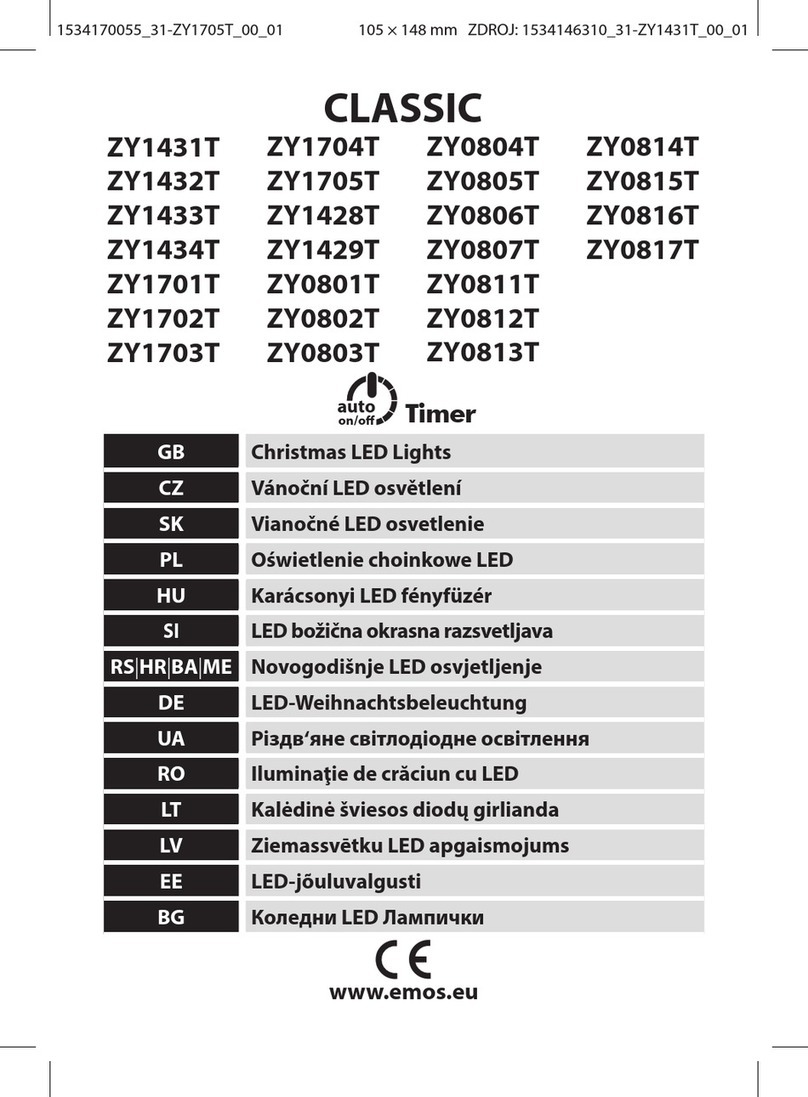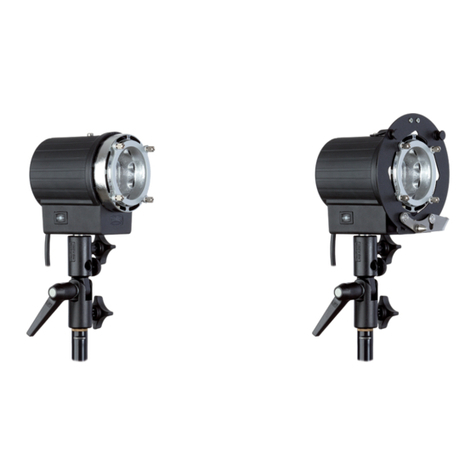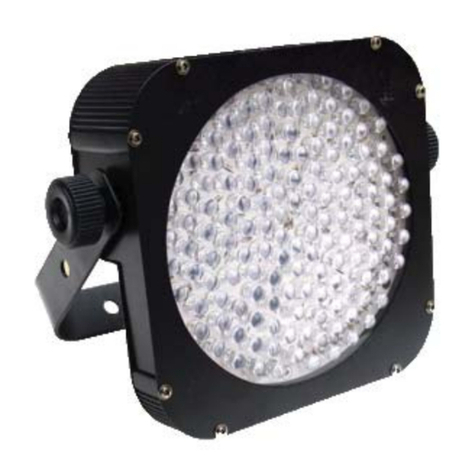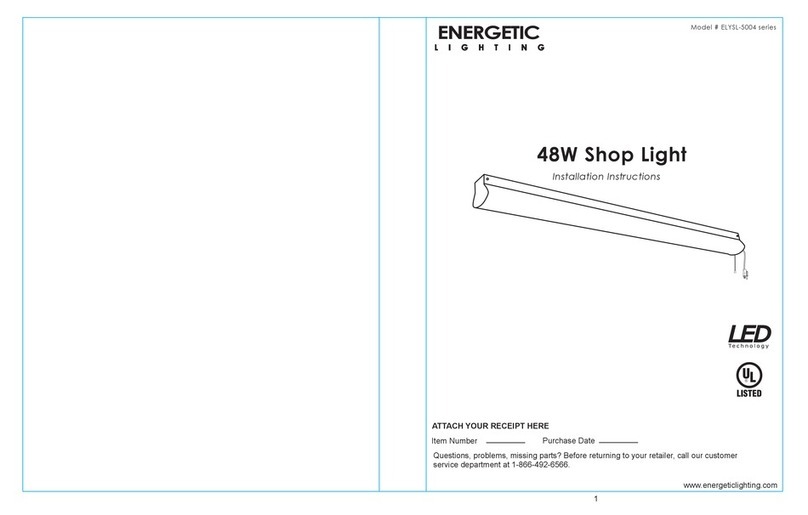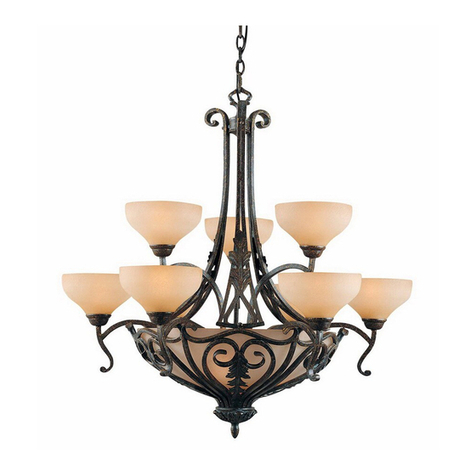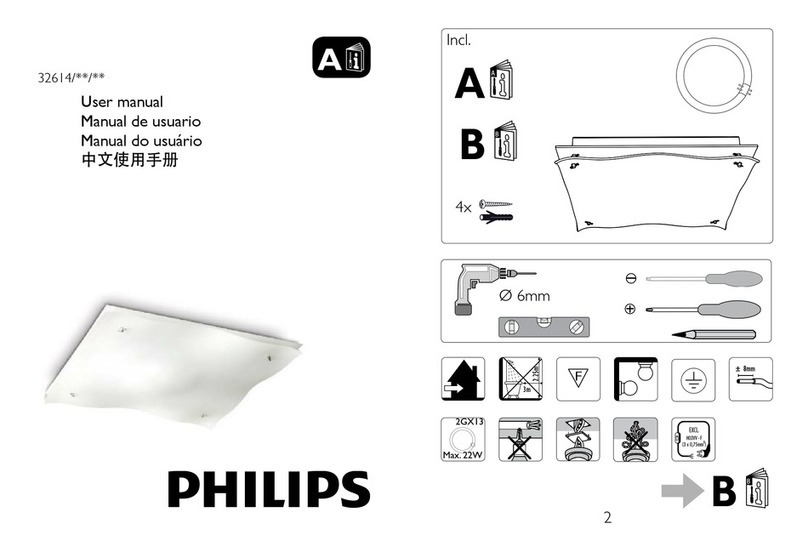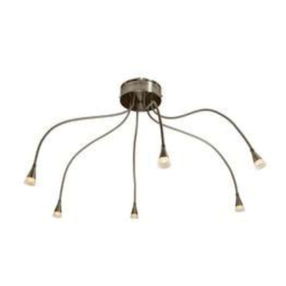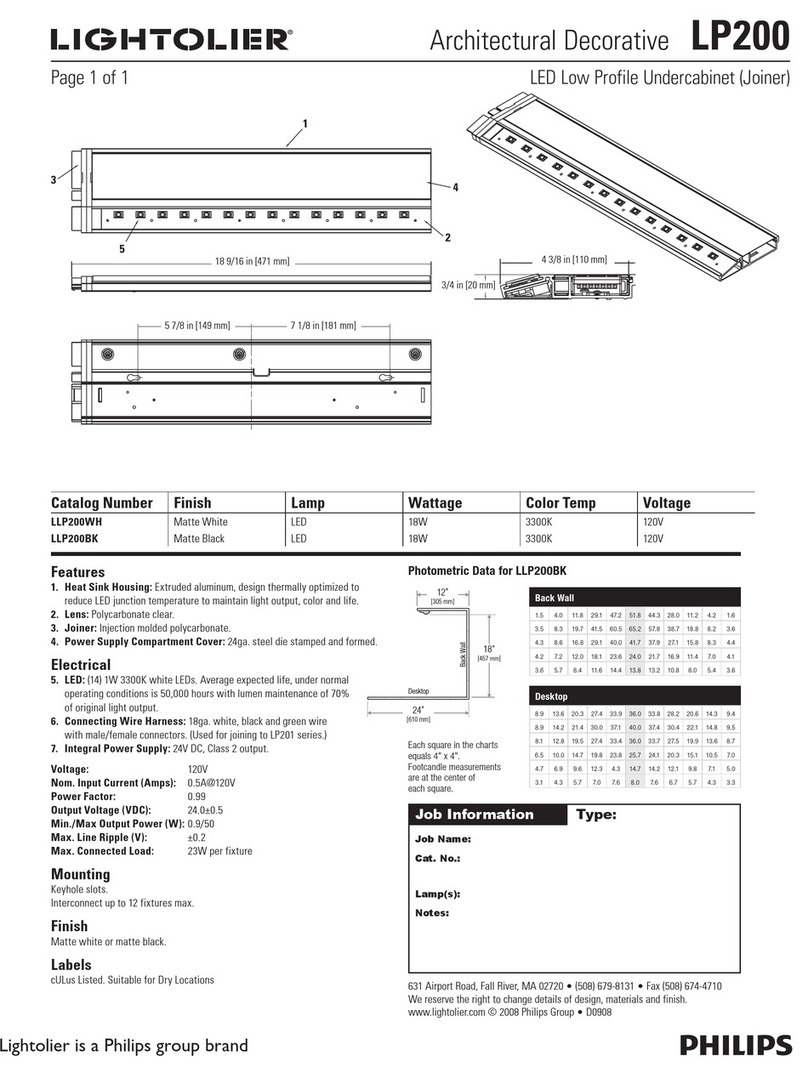
1
ITALIANO Illuminatore infrarossi
DESCRIZIONE
I fari infrarosso della serie IR sono costruiti in
fusione e pressofusione d’alluminio,
verniciati con polveri epossidiche;
assicurano un’ottima protezione e
adattabilità ambientale.
La radiazione infrarossa emessa ha una
lunghezza d’onda superiore agli 850 nm. I
fari IR montano viteria in acciaio inox. Gli IR
da 300W montano guarnizioni di tipo “O
ring” (FP75) e soddisfano un grado di
protezione IP65, mentre gli IR da 50W
guarnizioni stampate in VMQ e soddisfano
un grado di protezione IP66.
INSTALLAZIONE
Le operazioni di installazione
elettrica devono essere eseguite solo
da personale qualificato secondo le
normative vigenti. Prima di eseguire
qualsiasi operazione assicurarsi che non ci
sia presenza di tensione elettrica.
Gli illuminatori all’infrarosso sono realizzati
in modo da ridurre il più possibile le
operazioni di manutenzione. Le numerose
alette di raffreddamento permettono una
dissipazione ottimale del calore prodotto
dalla lampada aumentandone
considerevolmente la durata.
La gamma degli illuminatori infrarossi è
composta da 2 categorie di lampade (50W,
e 300W) che, a loro volta, sono suddivise in
tre tipi di fascio luminoso: spot, flood,
wideflood. (Solo flood per l’IR 50W - 230V).
Gli illuminatori da 300W vengono forniti
completi e pronti per l’installazione (fig. 3).
Gli altri modelli di fari (fig. 1 e 2)
necessitano del montaggio della lampada
nell’apposito innesto ad eccezione del faro
da 50W, 230V, dove l’innesto é a
baionetta. Per effettuare questa
operazione è sufficiente smontare il
frontale tramite le viti (fig. 1 punto 1) e
inserire i contatti del corpo illuminante
nelle apposite sedi del portalampada (fig.
2 punto 1). Terminata l’operazione
richiudere il frontale con le solite viti,
prestando attenzione al corretto
posizionamento della guarnizione (punto 2).
I fari possono essere fissati a muro o a
qualsiasi supporto, purchè sufficientemente
solido. Per il montaggio, fissare la staffa
dell’illuminatore mediante una robusta vite M8
da almeno 6 mm di diametro (fig.1 punto 2).
Regolare l’inclinazione del fascio luminoso
tramite le viti laterali (punto 3) e ad
operazione eseguita serrare nuovamente le viti
laterali di fissaggio.
Nel caso di utilizzo del faro da 50W, 230V,
si raccomanda di non rimuovere il
cablaggio dellla massa; nell’eventualità ciò
avvenga togliere l’alimentazione e
riposizionare il cavo nell’apposita sede
utilizzando la vite in dotazione o una
equivalente M3 da 8 mm.
Ci sono alcuni accorgimenti che devono
essere considerati al momento
dell’installazione, di seguito sono riportati i
fondamentali:
1. La luce infrarossa non è visibile a
occhio nudo, ma può provocare gravi
danni alla retina se esposta per
lunghi periodi a distanza ravvicinata;
si raccomanda il funzionamento del
faro solo quando sia necessario.
2. Il corpo del faro funge anche da
dissipatore di calore, di conseguenza
può raggiungere temperature elevate,
si raccomanda l’installazione in
luoghi non accessibili. Non porre
oggetti nel campo di illuminazione
del faro da 300W ad una distanza
inferiore ai 10 cm.
3. Le telecamere a colori solitamente
non sono sensibili alla luce
infrarossa, usare quelle in bianco
e nero.
4. L’efficienza del faro dipende
moltissimo dall’ambiente in cui viene
utilizzato, aumenta con l’installazione

